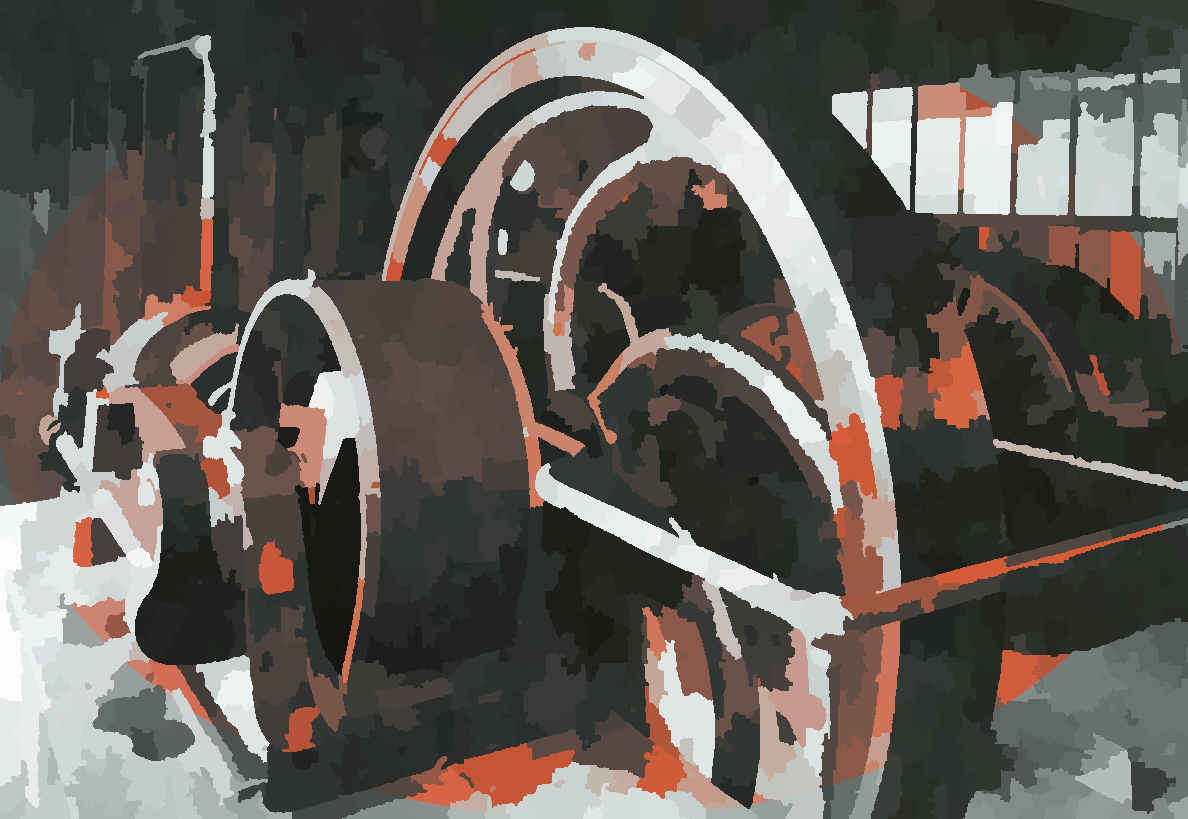|
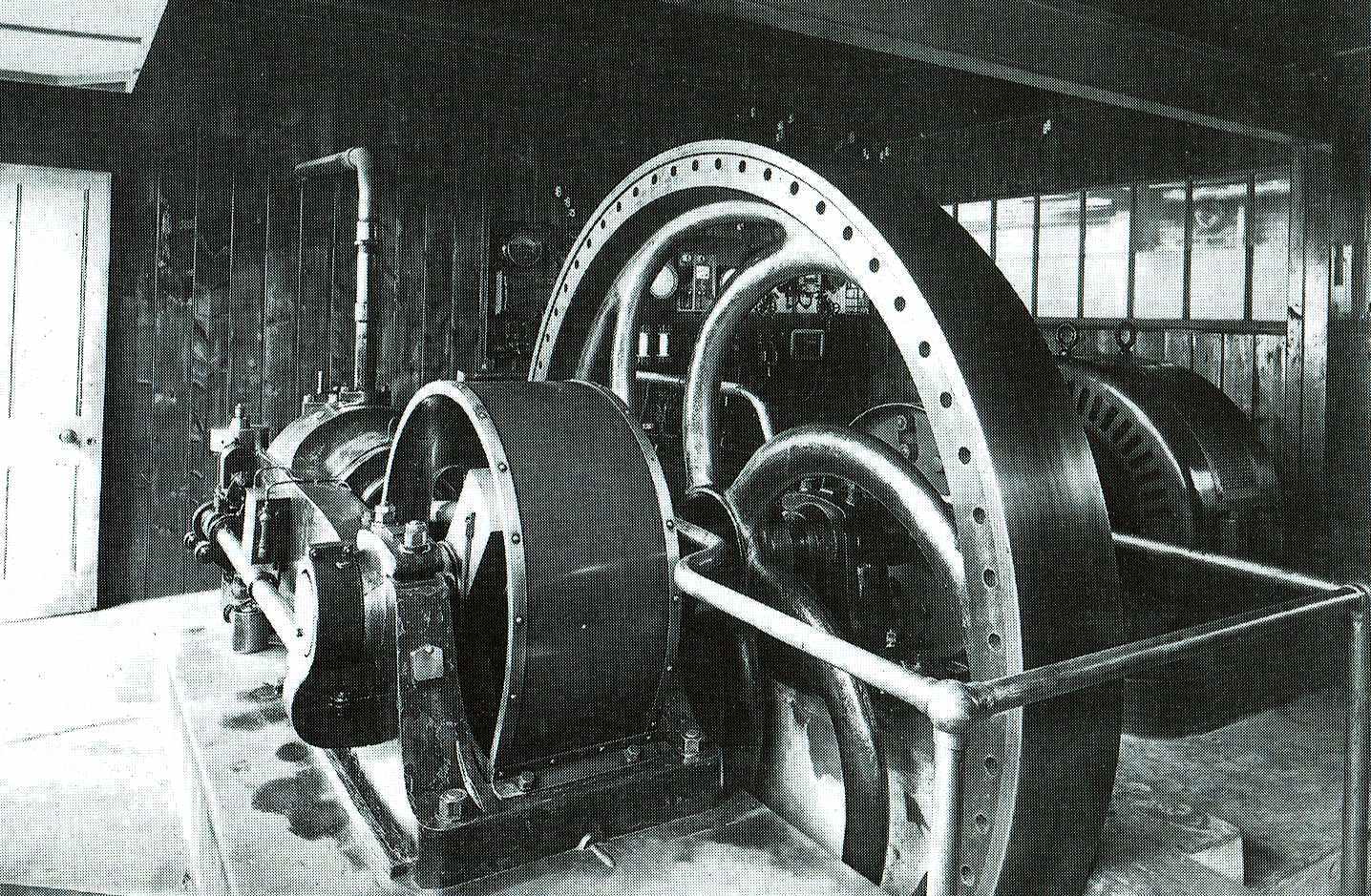
It
was either fated, or the most incredible set of coincidences, that
brought the Generating Station's savoir together. For sure, without him,
the proud new owner in 1981, had it in mind to demolish what they saw as a
liability. That was until he was running short of change, and wanted to
secure the skills of his favoured handyman.
The
Industrial Revolution was a remarkable period in British history,
lasting almost 100 years from about 1760 to 1840. It was a period when
Britain truly was Great, promoting engineering innovation, leading the
world in the transition from manual labour to mechanization. This was
possible with the invention of machines, that harnessed combustion in
one form or another: steam, oil and gas engines, all of which relied on
crankshafts and reciprocating pistons, turning a linear movement, into a
rotary motion. To be able to power pumps, trains and factories.
Prior to the Industrial Revolution, most of the workforce was employed in agriculture,
as self-employed farmers, landowners, tenants or as agricultural
labourers.
Inventor, Thomas Newcomen installed the first practical steam engine at Tipton, Staffordshire in 1712. He used the engine to pump water from the workings of the Coneygre Colliery, for the next thirty
years, providing a means for the mass extraction of coal, for more
engines.
Newcomen’s invention was an ‘atmospheric engine’, using steam as a convenient way of forming a vacuum. An atmospheric engine is a sort of pump in reverse. In a pump, a piston is used to push liquid or gas along a tube or from one location to another. Nevertheless, Newcomen was the first man to harness power for industry by means of a cylindrical piston operating in a cylindrical bore. This engine was undoubtedly the forerunner of subsequent steam machines and played a vital part in Britain’s Industrial Revolution. The most important leap in technology, one, which would give hundreds of other engineers, their steer, was the piston operating in a cylindrical bore or tube coupled to the reciprocating action, the forerunner of the modern crankshaft. Once this principle had been tested and established as a practical means of harnessing pressure, it opened the door to all manner of piston/crankshaft engines. The finest of which are seen on either side of the high-speed steam trains, such as the Flying Scotsman.
James Watt made a great many improvements by condensing the steam outside the cylinder itself. He also closed the cylinder at the top and used low-pressure steam to drive the piston down, doubling the machines efficiency. Then, came Richard Trevithick, who harnessed high pressure steam to develop the Cornish beam engine. Yet, the later engine very much resembled Newcomen’s engine.
Over the next 200 years Britain blazed an industrial trail that would spread around the world, using steam engines to pump
water, to operate looms in textile mills and many other industrial applications, and finally to generate electricity. The main ingredients of this success were coal, water, iron and engineering skill.
The reciprocating steam engine was later to be used as the prime mover in the coming of the modern age for transport first in paddle steamers, then in giant iron ships such as Isambard
Kingdom Brunel’s Great Eastern. Apart from steam driven locomotives, compact reciprocating steam engines were used in a number of horseless carriages, forerunners to the modern motorcar, but this use for steam was short lived, when with the advantage of instant starting and increased range, the petrol engine consigned the steam engine to the scrap
heap. At least where road transportation was concerned, and that would be the case for many years, until the gushing oil wells began to
be questioned as to sustainability, the cause of global warming and
serious climate change for the worse. Whereas coal fired boilers on steam ships lasted much longer into the twentieth century, finally ousted by oil fired steam turbines and
giant reciprocating diesel
engines, reliant on dirty bunker fuels that belched sulfurous
soot clouds, causing acid
oceans. Enter the International
Maritime Organization, with zero emission requirements for 2100.
Man now had the means to drive machinery in a variety of ways at ever increasing scale to turn bigger and bigger generators, as the demand created by electric lighting and other labour saving home appliances continued to grow. Coal was the fuel of economic choice to boil water for steam turbine coupled alternating current generators, such as that used in London at Battersea power station with its four great brick chimneys,
previously a protected monument to that era of corporate
electricity generation. All of this was possible because an electric current can be induced in copper wire using a
magnet: electro-magnetism.
Coal could be used to make gas, for use in reciprocating engines similar to steam, and often confused as such by the casual observer, where there is a crankshaft and large revolving iron
wheel, pistons and a cylinder. And all such devices were hot and noisy affairs, of considerable dimensions compared to modern engines with equivalent power output.
Thus
it was, that with coal and powered machinery, it was possible to make
large quantities of high quality iron and steel for ships, and textiles
for clothing,
previously hand made on small looms.
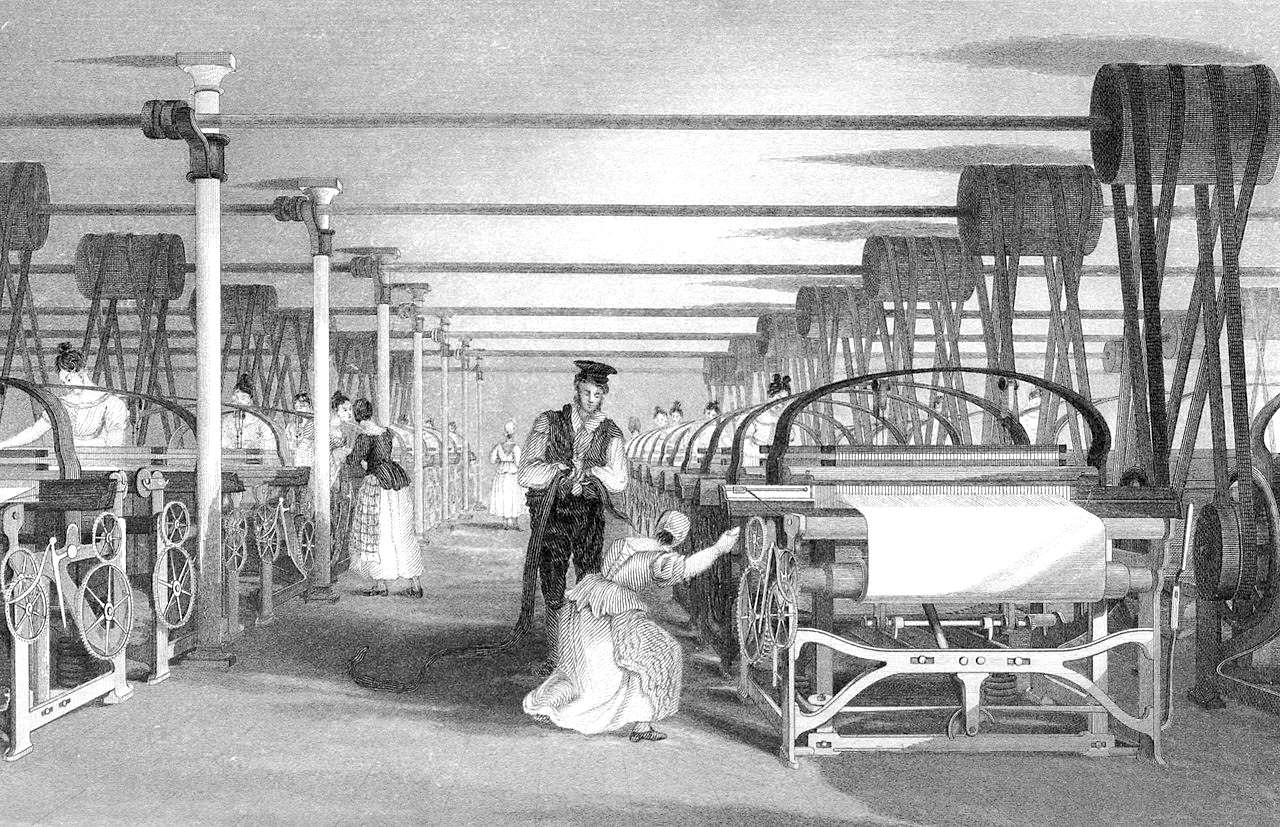
Textile
factory with powered weaving looms 1835
COAL,
IRON & TEXTILES
COTTON
Parts of India, China, Central America, South America, and the Middle East have a long history of hand manufacturing cotton textiles, which became a major industry sometime after 1000
AD.
In the 15th century, China began to require households to pay part of their taxes in cotton cloth. By the 17th century, almost all Chinese wore cotton clothing.
In India, a significant amount of quality cotton textiles were manufactured for distant markets.
Cotton was a difficult raw material for Europe to obtain before it was grown on colonial plantations in the Americas.
British cloth could not compete with Indian cloth because India's labour cost was approximately one-fifth to one-sixth that of Britain's. In 1700 - 1721 the British government passed Calico Acts to protect the domestic woollen and linen industries from the increasing amounts of cotton fabric imported from India.
The invention of the cotton gin by American Eli Whitney in 1792 was the decisive event. It allowed green-seeded cotton to become profitable, leading to the widespread growth of the large slave plantation in the United States, Brazil, and the
West
Indies. In 1791 American cotton production was about 2 million pounds, soaring to 35 million by 1800, half of which was exported.
In 1750 Britain imported 2.5 million pounds of raw cotton, most of which was spun and woven by the cottage industry in Lancashire. The work was done by hand in workers' homes or
in master weavers' shops. Wages in Lancashire were about six times those in India in 1770 when overall productivity in Britain was about three times higher than in India. In 1787 raw cotton consumption was 22 million pounds, most of which was cleaned, carded, and spun on machines. The British textile industry used 52 million pounds of cotton in 1800, which increased to 588 million pounds in 1850.
The share of value added by the cotton textile industry in Britain was 2.6% in 1760, 17% in 1801, and 22.4% in 1831
In 1760 approximately one-third of British cotton cloth was exported, rising to two-thirds by 1800. In 1781 cotton spun amounted to 5.1 million pounds, which increased to 56 million pounds by 1800. In 1788 there were 50,000 spindles in Britain, rising to 7 million over the next 30 years. Made possible by the invention of powered machinery.
IRON
A major change in the iron industries during the Industrial Revolution was the replacement of wood and other bio-fuels with coal. For a given amount of heat, mining coal required much less labour than cutting wood and converting it to charcoal, and coal was much more abundant than wood, supplies of which were becoming scarce before the enormous increase in iron production that took place in the late 18th century.
In 1750 the UK imported 31,200 tons of bar iron and either refined from cast iron or directly produced 18,800 tons of bar iron using charcoal and 100 tons using coke. In 1796 the UK was making 125,000 tons of bar iron with coke and 6,400 tons with charcoal; imports were 38,000 tons and exports were 24,600 tons. In 1806 the UK did not import bar iron but exported 31,500 tons.
The production of steel from iron, started a Second Industrial
Revolution, shifting technology into the next gear.
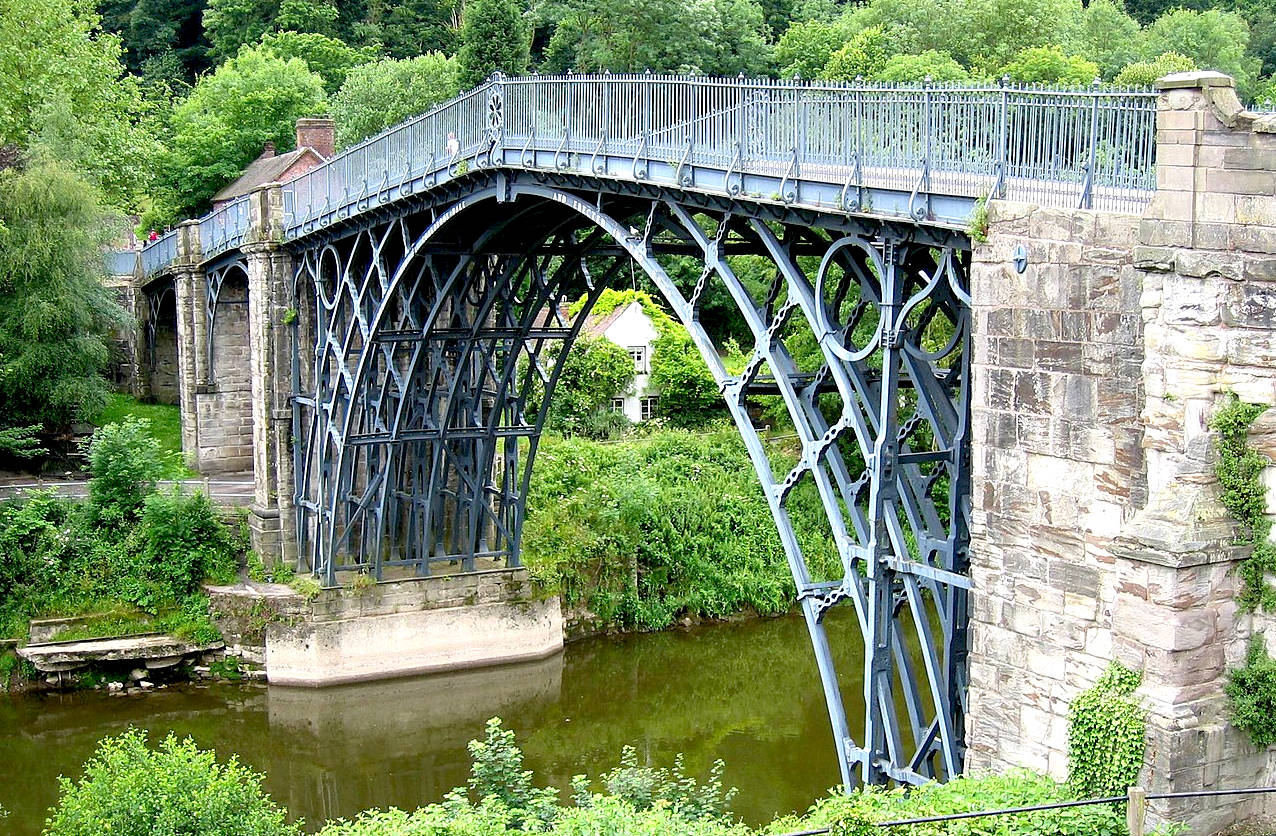
The
world's first, Ironbridge in Shropshire
ENVIRONMENTAL
CONSIDERATIONS
The manufactured gas industry began in British cities in
1812 - 1820. The operation of great factories and increase in coal consumption gave rise to an unprecedented level of air pollution in cities. After 1900 the large volume of industrial discharges became a problem. The first modern environmental laws came in the form of Britain's Alkali Acts, passed in 1863, to regulate air pollution from gaseous hydrochloric acid, given off by the Leblanc process used to produce soda ash. Alkali inspectors were appointed to curb this pollution, culminating in the Alkali Order 1958 which placed all major heavy industries that emitted smoke, grit, dust, and fumes under supervision.
Toxic effluent that was dumped into sewers and rivers. The gas companies were repeatedly sued in nuisance lawsuits. They usually lost and modified the worst practices. The City of London repeatedly indicted gas companies in the 1820s for polluting the Thames and poisoning its fish. Finally, Parliament wrote company charters to regulate toxicity.
Typically the highest priority went to water and air pollution. The Coal Smoke Abatement Society was formed in Britain in 1898 making it one of the oldest environmental non-governmental organizations. It was founded by artist William Blake Richmond, frustrated with the pall cast by coal smoke. The Public Health Act 1875 required all furnaces and fireplaces to consume their own smoke. It also provided for sanctions against factories that emitted large amounts of black smoke. The provisions of this law were extended in 1926 with the Smoke Abatement Act to include, soot, ash, and gritty particles.
Aimed at ridding London and other cities of carcinogenic 'Pea-Soupers,'
smogs. Though, cancer was not then fully understood, everyone hated the
coughs and early deaths that the pollution caused.
Sadly,
these statutes did not extend to motorised vehicles, that were not so
commonplace. Clean air laws for vehicles were first introduced in
California, to combat carcinogenic hazes on hotter days. Cars and trucks still account for almost half the emissions of the ozone precursors VOCs and NOx, and up to 90% of the CO emissions in urban areas.
The US Clean Air Act of 1990 established tighter pollution standards for emissions from automobiles and trucks, under the supervision of the
Environment Protection Agency (EPA). In the UK the Climate Change Act 2008 commits the UK government by law to reducing greenhouse gas emissions by at least 100% of 1990 levels (net zero) by 2050.
Similar
clean air requirements are imposed on the electricity generating
industry. In the UK more than 40% of generated power is already produced
via solar and wind renewables, suggestive that by 2050 the country could
meet their targets. Though, EV infrastructure for charging needs to
catch up. A move to a part hydrogen economy, may help meets these
objectives. A hydrogen
city car is one of the exhibits at Herstmonceux Museum.
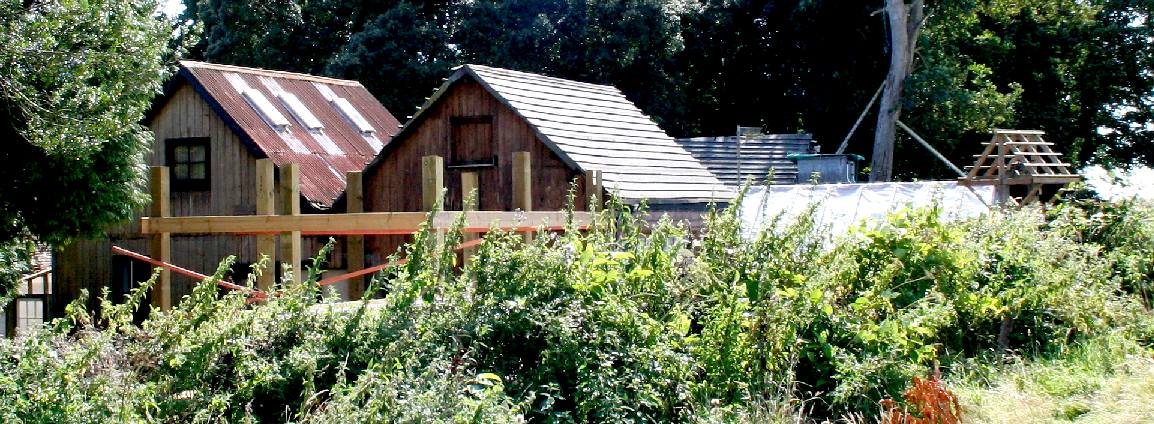
A
hive of local activity, in the Sussex backwater of Herstmonceux. The
driver from all of this was electric lighting, to replace candles and
gas lighting.
The
machinery at Herstmonceux Generating Works was gas powered in its final
guise. The gas coming from heating coal. Hence, the sizeable brick built
bunker, convenient to shed number three, where the (town) gas maker plant
was installed.
CHAPTERS
|
The Industrial
Revolution
|
|
|
Electricity and Magnetism
- Electric
Lighting Acts 1882 - 1909
|
|
|
Let there be light,
glass bulbs to LEDs
|
|
|
Public supply
|
|
|
Rural supply
|
|
|
Lime Park
|
|
|
Generating station 1982/3
|
|
|
Generating station – Power House,
36 hp National Gas engine
|
|
|
Honeysett
Brothers - Electric Bakers & Confectioners, Gardner Street
|
|
|
Flour
from the millers at Windmill Hill (Trust), tallest post
windmill, UK
|
|
|
Archaeology – Machinery
|
|
|
Archaeology – Boiler Room
|
|
|
Archaeology – Batteries
|
|
|
Stabling,
horses, carriages & blacksmiths - The Old Rectory
- conversion
|
|
|
Sussex Express & Kent Mail Oct 1913
- cooking demonstrations
|
|
|
Coal deliveries &
plan of building
|
|
|
Map of Herstmonceux
|
|
|
The Sussex Industrial Archaeology Society
|
|
|
The County Archaeologist
|
|
|
The chauffeur’s daughter
|
|
|
The engineer’s son
|
|
|
The Department for Culture Media & Sport
(DCMS)
|
|
|
English Heritage & Monument
At Risk Protection Programmes MARS
|
|
|
Sussex Express
December 1999
|
|
|
Archaeology South
East, London University, Survey & Report 1999
|
|
|
Generating Works -
Instructions 1911
|
|
|
Amberley
Museum, Arundel, West Sussex
|
|
|
The rise of
renewables & climate cooling
|
|
|
UNESCO World Heritage Convention
|
|
|
Site
Restoration and Development Proposals - Phases - 3D
VR
|
ONE -
TWO -
THREE -
FOUR - FIVE |
If
you know of any information that may help us complete this story, please get in
touch.
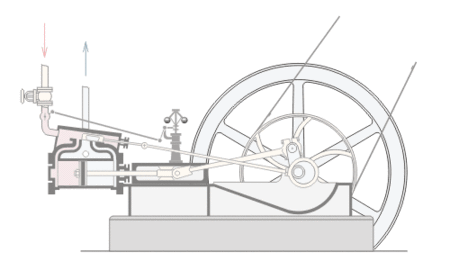
|
